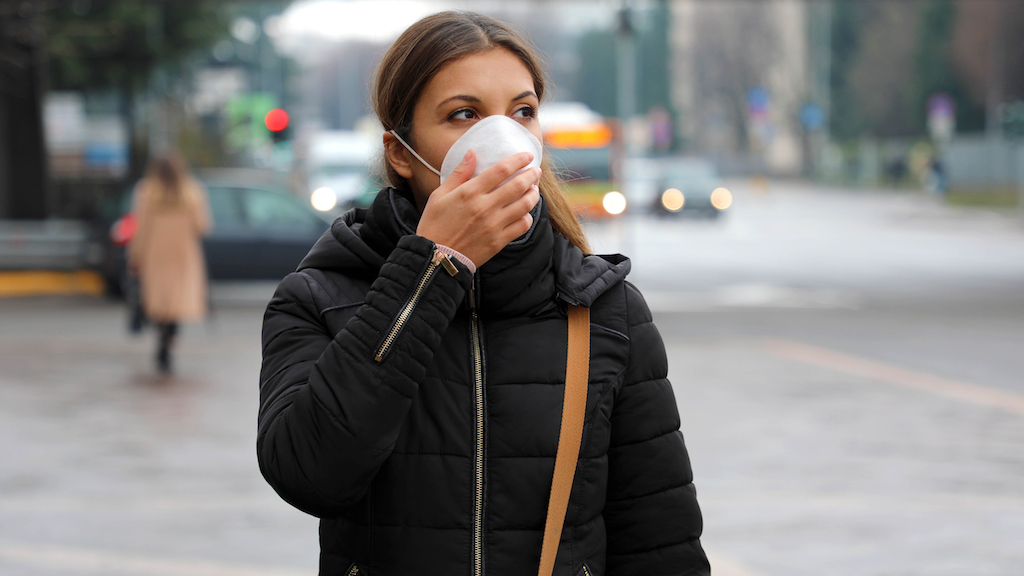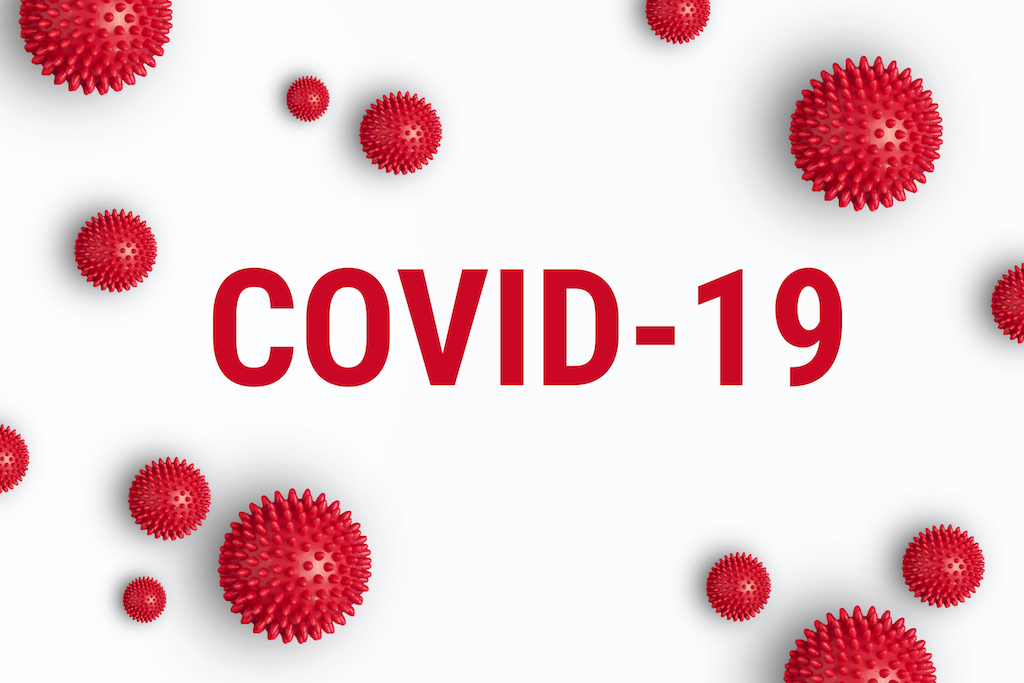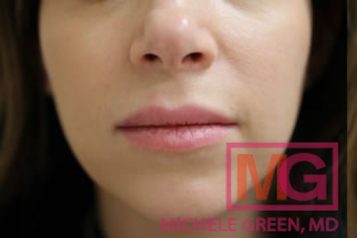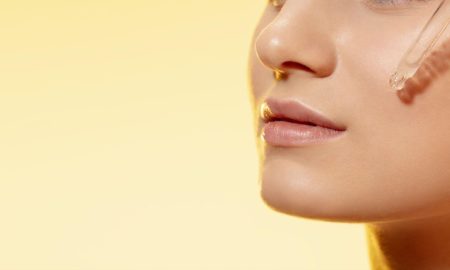by: Hassan Alnaeem MD FRCSC & Samuel Lin MD FACS
 Photo Credit: Shutterstock
Photo Credit: Shutterstock
How does the COVID-19 virus spread?
The virus spreads mainly from person-to-person. Spread can occur between people who are in close contact with one another (within about 6 feet) or through respiratory droplets produced when an infected person coughs or sneezes. These droplets can land in the mouths or noses of people who are nearby or possibly be inhaled into the lungs. Also, the virus can be transmitted through touching surfaces or objects contaminated with the virus1.
Could the COVID-19 virus be transmitted from someone without any symptoms?
Yes. Recent articles show that the virus can be transmitted from someone without a symptom to another person who will show the symptoms2.
What are the Coronavirus symptoms?
COVID-19 virus symptoms include but not limited to fever, sore throat, cough or shortness of breath that appears within two to fourteen days after exposure3.
 Photo Credit: Shutterstock
Photo Credit: Shutterstock
How do I protect myself?
Wash your hand with water and soap for 20 seconds after you have been in a public place or after blowing your nose, coughing or sneezing. Use a hand sanitizer that contains at least 60% alcohol; Cover all surfaces of your hands and rub them together until they feel dry. Avoid touching your eyes, nose, and mouth with unwashed hands. Also, avoid contact with people and keep a 6 feet distance while you are in public.
Who is at high risk to encounter a severe illness following COVID-19 infection?
People aged 65 years old and older or people who live in a nursing home or long-term care facility. People with chronic lung problems like asthma, heart conditions, diabetes, kidney disease, morbidly obese or immunocompromised patients like HIV or cancer patients are at high risk too. Also, pregnant women should be monitored since they are susceptible to viral infections in general1.
Is there a treatment for the new coronavirus?
Patients with COVID-19 virus may develop acute respiratory distress syndrome (ARDS). Evidence-based guidelines for ARDS in the context of COVID -19 include supportive management such as intravenous fluid, antibiotics to protect against in bacterial infection, consideration of early invasive mechanical ventilation in severe cases.4
I heard in the media about a new treatment, is that true?
In order to start a new drug on patients, it must be approved by the FDA and it must pass clinical trials before being available in the market. At this point, there is no antiviral or immunomodulatory therapies yet proven effective for treatment of COVID-19. Patients should be asked to participate in clinical trials of supportive or targeted therapies5,6. A recent study just came out from France showing that using hydroxychloroquine which is known as anti-malarial agent along with azithromycin antibiotics reduced the viral load significantly in COVID-19 patients. However, this study was conducted on a small population in non-randomized fashion7 yielding a study with several weaknesses. Despite that, the two drugs showed promising outcome and many countries such as China are incorporating hydroxychloroquine and azithromycin in their mainstay of COVID-19 infection management.
- Center for disease control and prevention.
- Bai Y, Yao L, Wei T, et al. Presumed Asymptomatic Carrier Transmission of COVID-19. JAMA. 2020.
- World Health Organization.
- The L. COVID-19: too little, too late? Lancet. 2020;395(10226):755.
- Srinivas Murthy M, CM, MHSc; Charles D. Gomersall, MBBS; Robert A. Fowler,MD, CM, MSc. Care for Critically Ill PatientsWith COVID-19. JAMA. 202.
- Watkins J. Preventing a covid-19 pandemic. BMJ. 2020;368:m810.
- Gautret P, Lagier JC, Parola P, et al. Hydroxychloroquine and azithromycin as a treatment of COVID-19: results of an open-label non-randomized clinical trial. Int J Antimicrob Agents. 2020:105949.
For more information, visit Dr. Samuel Lin's social media:























